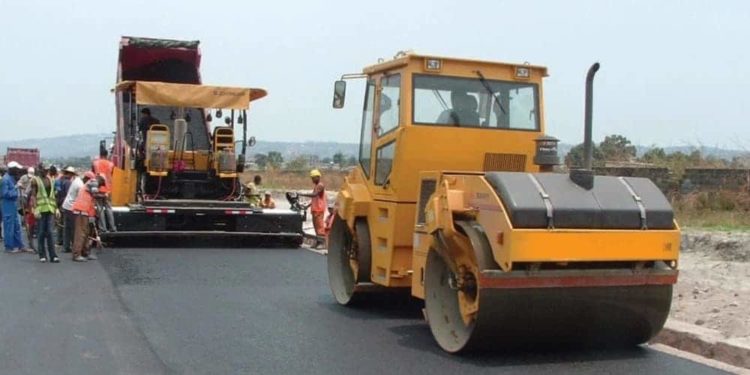Parliament in Kenya has approved a new law that will shorten the tenure of the Director-Generals of the country’s key road agencies, in a move aimed at promoting accountability and boosting performance in state corporations.
The amendment to the Kenya Roads Act reduces the term of office from five years to three years for the heads of the Kenya Rural Roads Authority (KeRRA), the Kenya Urban Roads Authority (KURA), and the Kenya National Highways Authority (KENHA).
President William Ruto signed the bill into law last week. The legislation also includes a transition provision that allows those already in office to serve out their remaining term and be eligible for one more term under the new three-year limit.
The Leader of the Majority Party in the National Assembly, Kimani Ichung’wah, explained that the change aligns the offices of the Director-Generals with the Mwongozo Code of Governance for State Corporations. The Mwongozo Code sets standards for the management and leadership of public agencies to ensure transparency, integrity, and efficiency.
“The new law amends section 13(3) of the Kenya Roads Act, Cap. 408, to provide that the Director-General of each of these three road agencies will now serve for three years, renewable only once,” Ichung’wah said.
This development comes amid growing calls from some political leaders for the disbandment of KURA and KeRRA, as a fierce battle over control of the multibillion-shilling Roads Maintenance Levy Fund (RMLF) intensifies. The RMLF is a crucial source of funding for road construction, maintenance, and rehabilitation projects across the country.
Opposition leader and former Prime Minister Raila Odinga is among those pushing for the scrapping of KURA and KeRRA. Odinga argued that the agencies were created when Kenya still had a centralised system of government, but that the 2010 Constitution introduced a devolved system which placed most roads under the jurisdiction of either the national government or county governments.
“I am the one who introduced KURA, KeRRA, and KENHA. But that was under a unified system of government. With devolution, you don’t need KeRRA, you don’t need KURA. All their responsibilities should be handed over to the county governments,” Odinga stated.
KeRRA is a state corporation under the State Department of Roads with the mandate to manage, develop, rehabilitate, and maintain the rural road network in Kenya. The agency plays a key role in connecting rural communities to markets, schools, and hospitals.
KURA, on the other hand, was initially tasked with managing urban roads. However, after a road reclassification exercise in January 2016 by the Transition Authority, its mandate was expanded to include managing national trunk roads that pass through urban areas. Today, KURA oversees a road network of approximately 4,625 kilometres, including both paved and unpaved roads within cities and towns.
KENHA’s primary responsibility is the development and maintenance of national highways, ensuring that major transport corridors remain in good condition to support trade and economic growth.
Analysts say the shortening of the term for Director-Generals could make the agencies more responsive to performance demands, as the heads will have less time to deliver on their mandates before facing review. However, others warn that shorter terms could disrupt continuity in long-term infrastructure projects.
The debate over the future of KURA and KeRRA remains heated. Supporters of their dissolution believe it will cut bureaucracy and allow counties to take full charge of road infrastructure within their boundaries. Critics, however, caution that county governments may not yet have the technical capacity or financial resources to manage such large-scale road networks effectively.
As the new law takes effect, attention will turn to how the current heads of these agencies adapt to the revised terms, and whether the move will indeed lead to better governance, faster project delivery, and more efficient use of road maintenance funds. For now, the road sector in Kenya faces a period of transition and possible restructuring, as the push for devolution in infrastructure management gains momentum.
